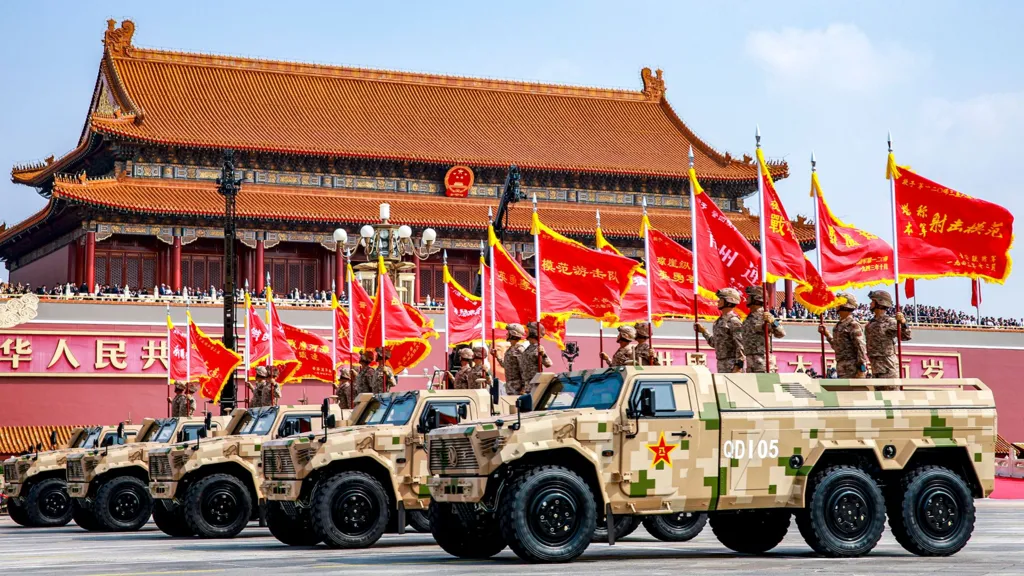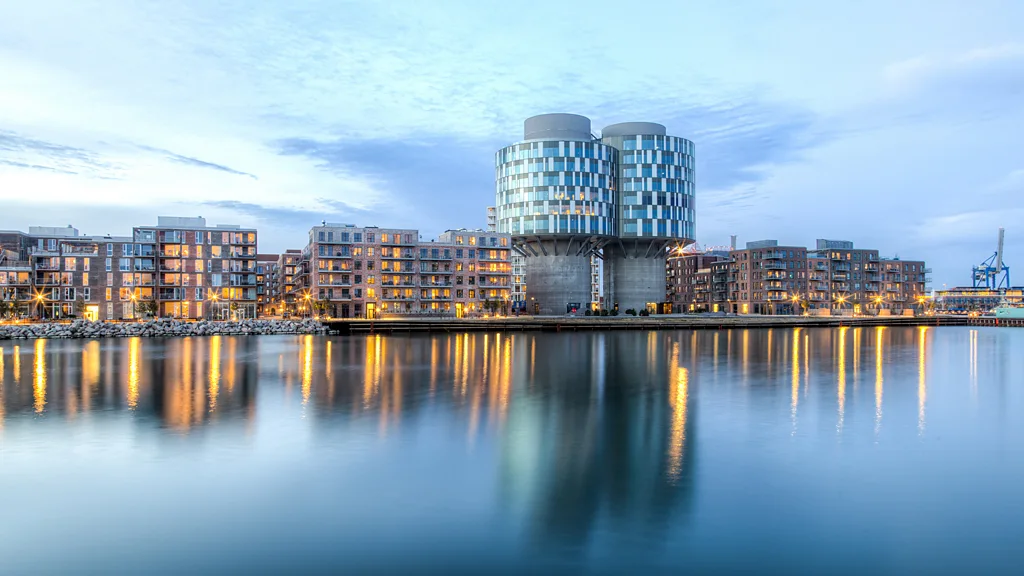Beijing’s grand military parade this week was more than a celebration of history — it was a signal of China’s growing global ambitions.
On Wednesday, thousands of troops, tanks, and advanced missile systems filled Tiananmen Square to mark the 80th anniversary of the end of World War II. The spectacle, attended by Russian President Vladimir Putin, North Korea’s Kim Jong Un, and other world leaders, showcased China’s military strength and its bid for greater influence in the international order.
Watching from Washington, former US President Donald Trump acknowledged the display. “They were hoping I was watching, and I was watching,” he remarked, calling the event “very, very impressive.”
Competing Messages
While Trump struck a tone of admiration, the underlying message from Beijing was clear: China sees itself as a rising counterweight to the US-led order of the past century. The carefully choreographed parade, heavy with symbolism, suggested that China is ready to challenge American dominance — not just militarily, but historically.
Chinese officials used the event to highlight their nation’s role in defeating fascism during World War II. Analysts say this narrative is part of a broader push to reshape global perceptions and “rewrite the rules of the road.”
“It’s the first step in a concerted effort to rewrite history,” said Richard Wilkie, a former US veterans affairs secretary. He noted that Chinese nationalists and US forces were far more central to Japan’s defeat than the communist army, but Beijing’s retelling seeks to position itself as the rightful heir to global leadership.
Trump’s Trade Gambit and Global Fallout
Beyond the pageantry, the parade underscored the ripple effects of Trump’s economic policies. His sweeping tariffs, designed to protect US industries, have strained relations with key trading partners and created space for China, Russia, and even India to find common cause.
Just days before the parade, Chinese President Xi Jinping hosted Putin and Indian Prime Minister Narendra Modi at an economic summit in Tianjin — a striking image of potential alignment among three powers often at odds. Analysts say Trump’s trade wars have pushed Beijing and New Delhi closer together, complicating Washington’s efforts to maintain influence in Asia.
Trump, however, has remained steadfast. He views tariffs not only as a tool to safeguard American jobs but also as a source of federal revenue. Any diplomatic fallout, he has suggested, is a price worth paying.
“The real threat is growing Chinese military power,” said Wilkie, now co-chair of the Trump-aligned America First Foreign Policy Institute. “That’s what our allies in Asia truly recognize.”
Parades and Power Politics
Trump himself has long shown an affinity for military parades. From attending France’s Bastille Day celebration to staging his own tribute to the US Army in Washington, he has embraced displays of force as a symbol of national pride. Yet, his versions have often leaned into nostalgia, echoing his “Make America Great Again” vision of a return to past glory.
Beijing’s parade, by contrast, projected a future-oriented image of strength, with cutting-edge weapons and tightly disciplined troops presenting a portrait of modern military readiness.
Legal and Political Risks at Home
Trump’s approach to trade faces serious hurdles in US courts. Last week, an appellate court ruled that several of his tariffs were rooted in a flawed interpretation of federal law. The former president has vowed to appeal to the Supreme Court, but even conservative justices may balk at his expansive reading of presidential power.
That legal uncertainty adds to the risks of a policy that has already upended traditional alliances and redrawn global economic relationships. While Trump promises his strategy will usher in a “second American golden age,” critics warn it could leave the US isolated as rivals forge new partnerships.
The Bigger Picture
The images from Tiananmen Square were meant for both domestic and international audiences, but they also carried a message to Washington: China is positioning itself as a formidable alternative to US leadership.
For Trump, the moment illustrated the high stakes of his trade and foreign policy experiment. On parade grounds in Beijing and in US courtrooms alike, the consequences of his high-risk strategy are becoming harder to ignore.
826 827 828 829 830 831
832
833
834
835
836
837
838
839
840
841
842
843
844
845
846
847
848
849
850
851
852
853
854
855
856
857
858
859
860
861
862
863
864
865
866
867
868
869
870
871
872
873
874
875
876
877
878
879
880
881
882
883
884
885
886
887
888
889
890
891
892
893
894
895
896
897
898
899
900
901
902
903
904
905
906
907
908
909
910
911
912
913
914
915
916
917
918
919
920
921
922
923
924
925
926
927
928
929
930
931
932
933
934
935
936
937
938
939
940
941
942
943
944
945
946
947
948



